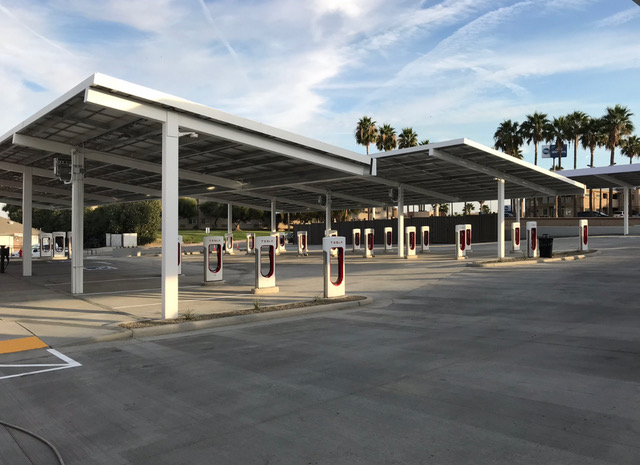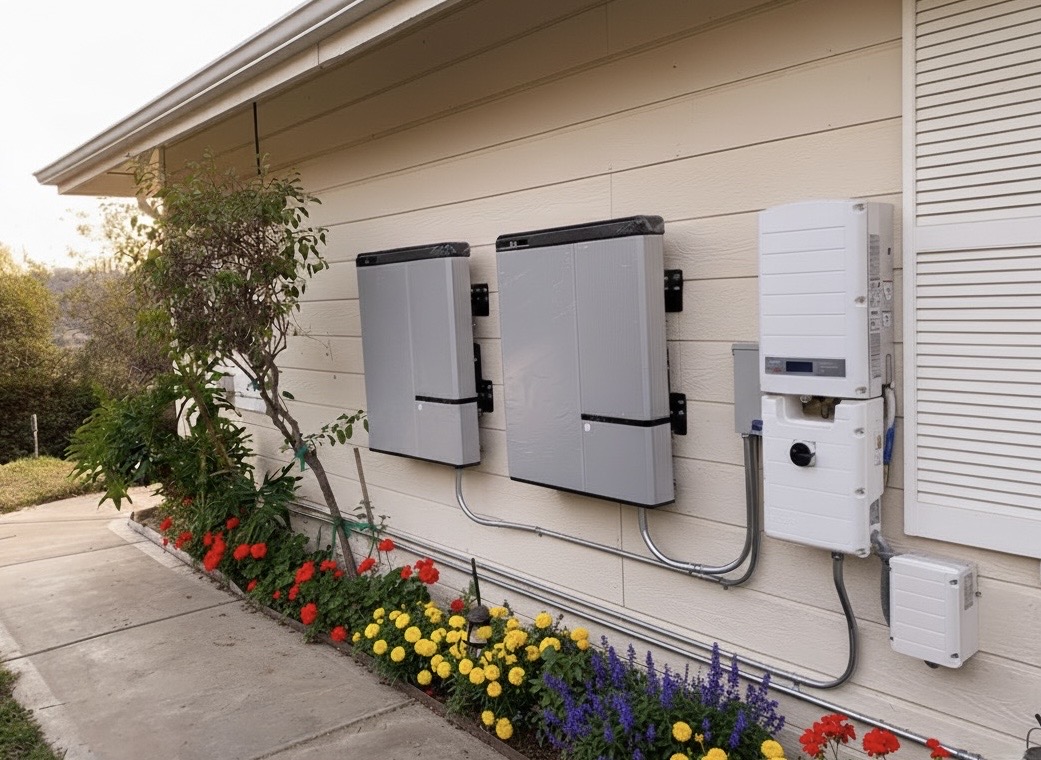Commercial Backup Generator Installation in Atwater Village
When the power blinks out along Glendale Boulevard or near the Hyperion Bridge, your business can't afford downtime. Shaffer Construction, Inc. designs and installs commercial backup generator systems built around the realities of Atwater Village—restaurants that rely on refrigeration, creative studios with deadlines, and retail that needs POS uptime. From precise load calculations to turnkey installation, we deliver reliable standby power that fits tight urban sites and meets the City of Los Angeles, # Right single quotation mark (apostrophe) r'‘': strict codes. Whether you manage a boutique on Los Feliz Boulevard, a production studio off Casitas Avenue, or a warehouse near San Fernando Road, we'll keep your lights on, HVAC running, and data protected. Call or text (323) 642-8509 or email hello@shaffercon.com to get started.
Our Work



Benefits
Future-Proof Your Business
We design scalable systems using smart automatic transfer switches (UL 1008) with load-shedding and load-add functionality, remote monitoring via cellular gateways, and integration to your BMS over Modbus/BACnet. For growing operations, we plan for capacity expansion—pre-sizing conduits, busways, and switchgear spaces. We specify sound-attenuated enclosures, advanced controllers (e.g., digital ATS controllers), and optional cloud dashboards so you can view run status, fuel levels, and test logs from anywhere—ideal for multi-tenant managers in Atwater’s mixed-use buildings.
Permits and Safety Compliance
Shaffer Construction manages permitting end-to-end and ensures your system meets the Los Angeles Electrical Code, NEC Articles 700/701/702, NFPA 110 for emergency and standby power, and UL 1008 transfer requirements. We handle LADBS plan check submittals, coordinate any LAFD or SCAQMD steps for fuel systems, and deliver stamped anchorage details for seismic compliance. Our team schedules inspections, prepares test procedures, and documents selective coordination and short-circuit ratings so your final sign-off is smooth and predictable.
Unmatched Quality and Reliability
We build with durable, code-compliant materials: copper THHN/THWN feeders in rigid metal or EMT, NEMA 3R/4 enclosures, epoxy-coated seismic anchors, and vibration isolation. Conduits are neatly routed with labeled terminations and torque logs. We perform insulation resistance tests, verify phase rotation, and complete load-bank or building-load testing. Every installation follows NFPA 70E safety practices with lockout/tagout and arc-flash labeling, ensuring a reliable system that performs when Atwater’s grid doesn’t.
Custom-Tailored Installation Plans
Every Atwater property is unique. We start with a detailed site walk to map utility rooms, roof/yard options, and sound pathways to neighbors. We create a one-line diagram, panel schedules, and load profiles, then select whole-building or critical-circuit backup based on your budget and risk tolerance. Our team coordinates gas meter upsizing with SoCalGas, evaluates rooftop versus grade-mounted pads, and plans crane routes if needed—minimizing business disruption along busy streets like Glendale Boulevard.
What We Offer
Frequently Asked Questions
Do I need a permit for a commercial generator in Atwater Village?+
Yes. LADBS requires electrical permits and may require mechanical/fuel gas permits. Exterior units can involve Planning/Zoning review for placement, and diesel systems may trigger LAFD and South Coast AQMD permits. We prepare drawings, submit applications, and guide you through inspections and testing until final approval.
Is natural gas, propane, or diesel best for my Atwater property?+
Natural gas is common and convenient along Glendale and Los Feliz Boulevards, avoiding on-site fuel storage. Propane can work where gas capacity is limited. Diesel is preferred for larger loads or mission-critical runtime but can require LAFD and AQMD permits and acoustic planning. We’ll model runtime, load, and permitting to recommend the best fit.
Can a generator be installed on the roof of my building?+
Often, yes. Rooftop placements save ground space and can reduce noise at the property line, but they require structural review, seismic anchorage, crane logistics, and code-compliant exhaust clearance. We coordinate engineering, rigging, and LADBS approvals to ensure the roof can support the unit safely and meet maintenance access requirements.
How long will installation disrupt my business operations?+
Most installations take 2–5 days on site, with the actual utility cutover and transfer switch tie-ins scheduled off-hours. Expect short planned outages—typically a few hours—while we perform final connections and testing. We coordinate with LADWP and your team to choose low-impact times and maintain temporary power where feasible.
What size generator does a typical Atwater restaurant need?+
It depends on equipment. A small kitchen with refrigeration, a hood, make-up air, POS, and limited HVAC might require 25–60 kW. Larger venues with multiple compressors and air conditioning can exceed 100 kW. We perform detailed load calculations and can back up only critical circuits to reduce system size and cost.
Related Services in Atwater Village
We Also Serve
Ready to Get Started?
Contact us today for a free consultation and quote on your electrical project!
Contact Us